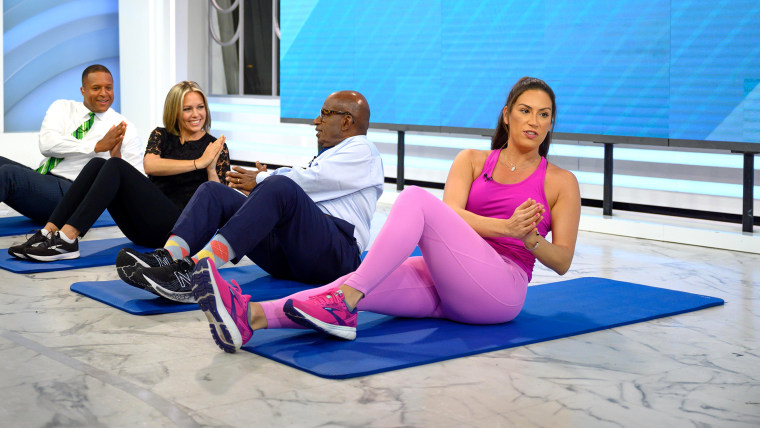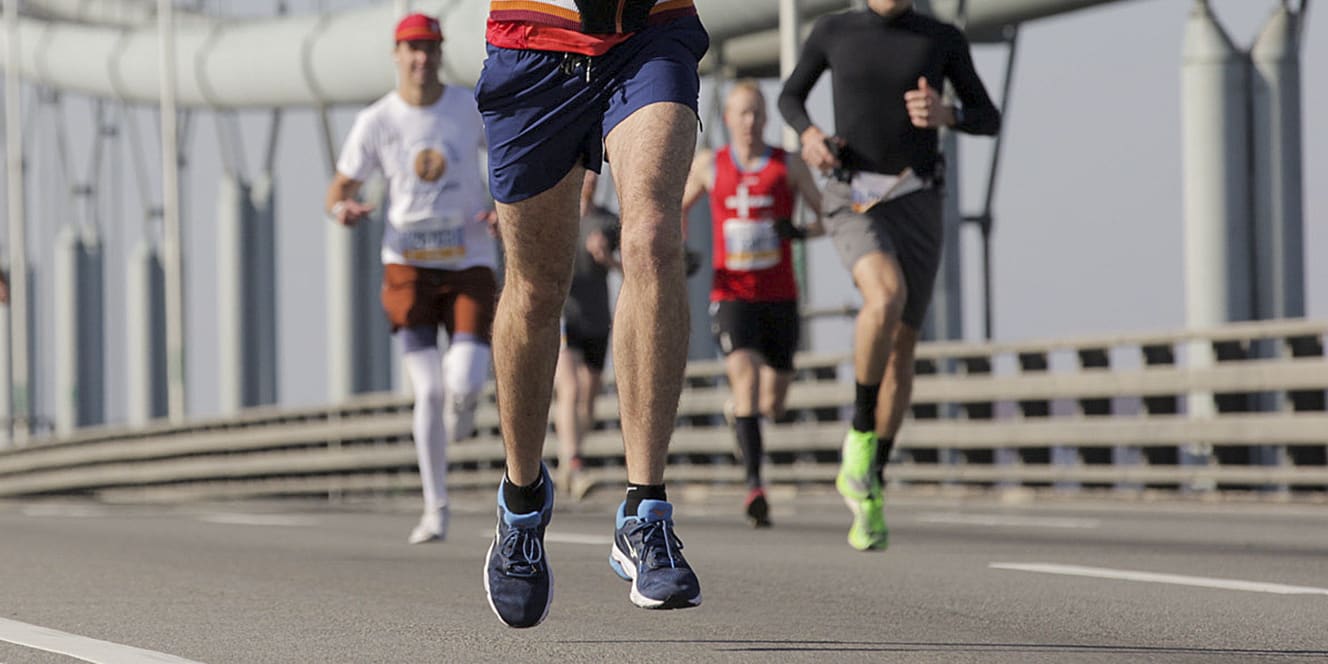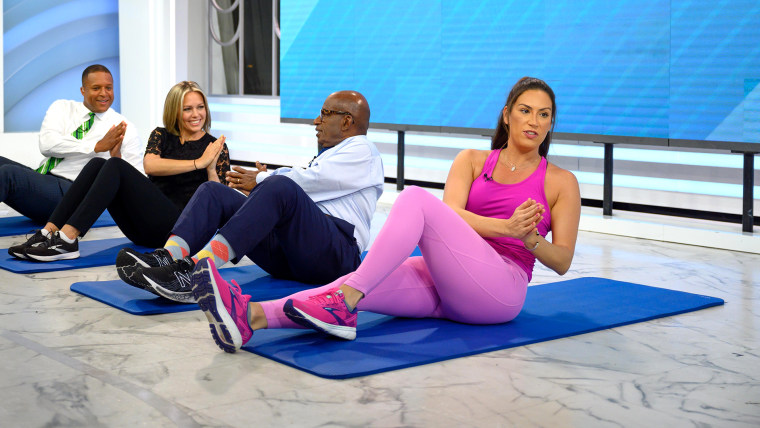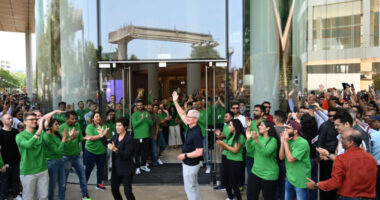Runners often hear the warning “Keep pounding the pavement and you’ll destroy your knees.” A new study found that runners were not more likely to develop hip or knee osteoarthritis the longer, faster and more frequently they ran.
Osteoarthritis, a condition marked by deteriorating cartilage where the bones meet, affects more than 32.5 million adults in the United States, according to the Centers for Disease Control and Prevention. As the cartilage cushioning the bones wears down, osteoarthritis can cause pain, stiffness and even disability. It’s the most common form of arthritis, especially among older adults, and there’s no known cure.
“Once it’s there, it’s there,” said Dr. Matthew Hartwell, an orthopedic surgeon at the University of California, San Francisco, and a lead author on the new study, which is scheduled to be presented Thursday during the American Academy of Orthopaedic Surgeons’ annual meeting. “You can’t re-form the cartilage.”
The new research surveyed 3,804 recreational runners who participated in the Chicago Marathon in 2019 or 2021 with questions from how many years they’d been running and their average running paces to whether they had family histories of arthritis.
It’s widely believed, even among doctors, that using the joints more often, through a repetitive activity like running, makes the knee and hip cartilage deteriorate more quickly, upping osteoarthritis risk.
The Northwestern University researchers — including Hartwell, who was at Northwestern for the duration of the study, and a co-author, Dr. Vehniah Tjong, an orthopedic sports surgeon — found that wasn’t the case.
On average, runners who responded to the survey were just shy of 44 years old and ran 27.9 miles per week at 8 minutes and 52 seconds per mile. They’d typically been running for close to 15 years, although that number ranged from 1 to 67 years. Many respondents were running their first marathon while a select few had run dozens. Most fell somewhere in between.
Thanks to the broad nature of the group surveyed — a departure from historical research focused on elite-level Olympians — the Northwestern researchers could analyze how runners’ arthritis risk changed according to their running pace, intensity and cumulative running history.
Surprisingly, they found no association between an increased risk for knee or hip arthritis and the number of years someone had been running, the number of marathons completed, their weekly running mileage, nor their running pace.
Given the survey respondents’ wide range of weekly mileages, paces, ages and cumulative years spent running, the results could apply to average runners who never get close to marathon-level distance, the researchers said.
The joint is really an active, living part of the body, almost like an organ.
— orthopedic surgeon Matthew Hartwell, UCSF
“Runners should be encouraged by our results,” Tjong said. “They refute the current dogma that long-distance running predisposes an individual to arthritis of the hip and knee.”
Overall, 7.3% of marathon runners who answered the survey said they’d ever been diagnosed with hip or knee osteoarthritis. Hartwell cautioned against comparing this rate to a general population, given key differences in age and overall health. Even so, he said, “most doctors would recognize that on average, the incidence of arthritis is higher than 7% in a 44-year-old.”
Most telling, nearly 1 in 4 of all levels of the runners surveyed said their doctors suggested they cut back their mileage or stop running altogether.
Moving away from the ‘wear-and-tear’ mentality
Many doctors see osteoarthritis as a “wear-and-tear” condition.
“We’re often compared to being like a car,” Hartwell said. “If you liken people to cars, intuitively it makes sense that the more you use your joints, the more you’re going to wear them out. But the joint is really an active, living part of the body, almost like an organ.”
The “wear-and-tear” notion doesn’t account for the ways running can benefit joint health and potentially offset deterioration, said Jeffrey Driban, an osteoarthritis researcher at Tufts University who wasn’t involved in the Chicago Marathon study. The activity can improve muscle function around the joints and encourage the body to produce more of what’s called synovial fluid, a viscous liquid that lubricates the joints.
“It’s concerning, the number of runners who are being advised by their physician to reduce or eliminate their running,” Driban said. “The evidence we have so far suggests that running, for most people, is a safe activity. We need to step away from this wear-and-tear philosophy.”
Running won’t prevent the unavoidable risk factors for osteoarthritis like age and family history, but it can certainly stave off health conditions like heart disease and obesity, Driban said. Both conditions have well-established associations with an increased arthritis risk.
“The population of people with osteoarthritis often have other comorbidities, and that’s the very population that we want to see engaging in physical activity,” he said. “We don’t want to discourage them from running, especially if they enjoy it.”
The Chicago Marathon survey only captures the runners’ current and past joint health, not their risk of developing hip and knee osteoarthritis years down the line.
“We’re not getting the complete picture in terms of long-term joint health,” Driban said. “It would be valuable to track these runners over time, or even reach out to past marathon runners who quit running and see how they’re doing now.”
How to avoid running injuries
Beyond asking about arthritis, the survey asked runners whether they had ever experienced a hip or knee injury that temporarily prevented them from running. Nearly half answered yes.
Running-related injuries, unlike running on the whole, do increase risk of developing arthritis, underscoring the importance of injury prevention, experts agreed.
To lower the risk of running-related injuries, Hartwell suggested such simple measures as:
“Take it slowly and make sure you have the proper gear when you’re out running,” Hartwell said. “And listen to the signs your body is telling you.”
Source: | This article originally belongs to Nbcnews.com










